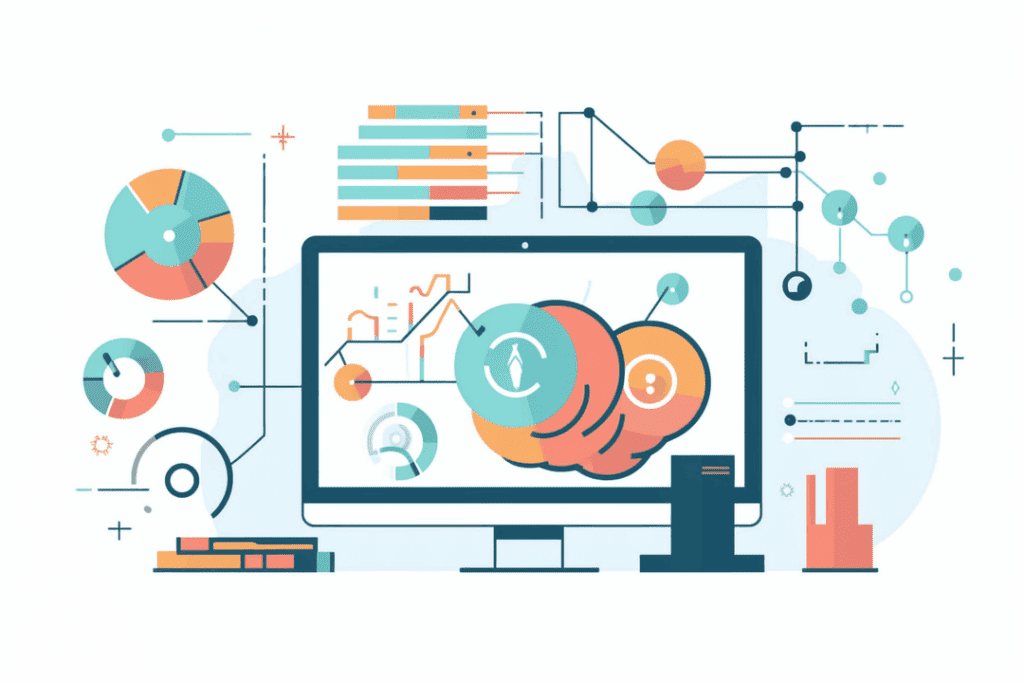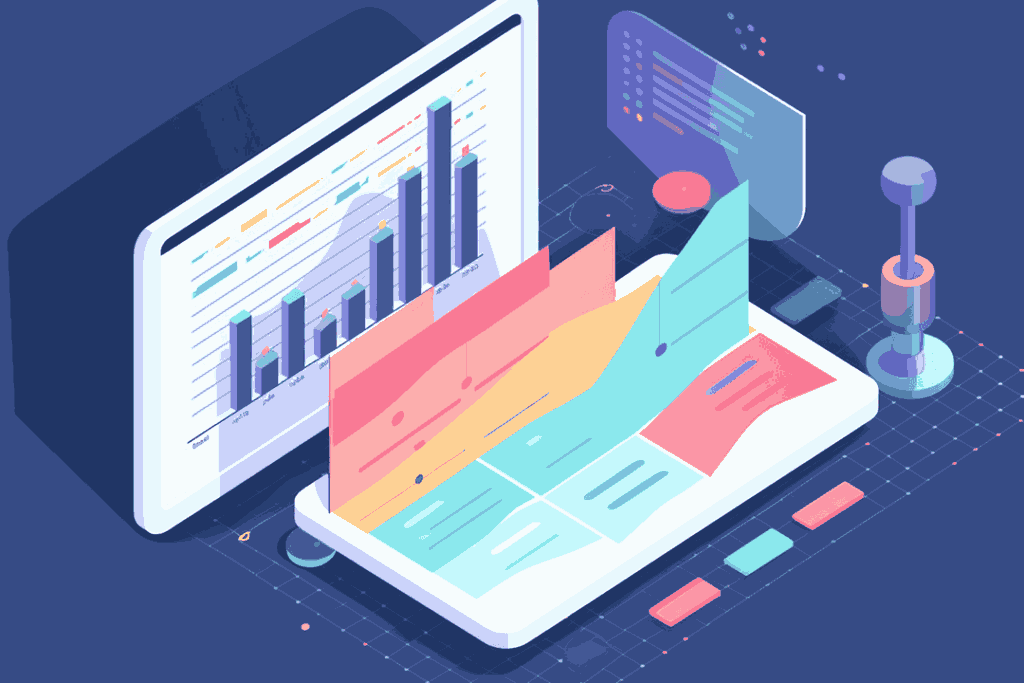
Not all data is helpful. In fact, most Shopify store owners are drowning in reports they don’t actually use. If your analytics tool is packed with flashy charts but doesn’t help you make better decisions, it’s slowing you down.
What You Really Need To See
There are a few core features that separate a useful analytics tool from a bloated one:
- Clear breakdowns of sales by SKU, vendor, and customer group
- Customer behavior trends (repurchase rate, first-time vs. returning)
- Real-time filtering by collection, campaign, or discount used
- Historical views to track growth, not just one-off spikes
These shopify analytics features help you focus your energy where it actually matters.
Segmentation Is What Separates Beginners From Pros
If your reports can’t be filtered by behavior or product type, you’re guessing. A good analytics tool will let you zoom in on who bought what, when, and why—without downloading six CSVs to figure it out.
That level of segmentation is what turns average stores into fast-growing ones. And it’s the kind of power By the Numbers offers, especially when segmenting by SKU performance or customer type.
When to Upgrade Your Reporting
If you’re spending hours in spreadsheets or you can’t confidently answer “what’s our best performing collection by returning customer LTV?”—it’s time. A tool that provides only averages won’t help you scale. The right Shopify analytics features will.
Before you invest in the next campaign, take a look at your data setup. Chances are, your growth is being held back by the wrong tool.
By the Numbers gives you access to actionable reports like SKU-level sales and customer LTV—details that help inform better pricing and promotional strategies.

By the Numbers
Empower your business with our Shopify Data Driven App

- ✔ Know Your Audience Behavior
- ✔ Deep Customer Segmentation
- ✔ Retarget With Integrations
- ✔ All The KPIs & Reports You Need


